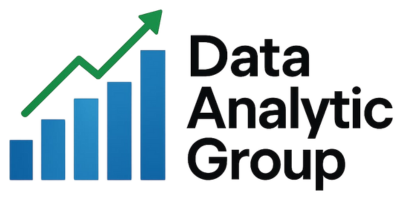Implement a data warehouse with Microsoft Fabric
A modern take on the classic data warehouse is Microsoft Fabric’s data warehouse. For analytical and reporting needs, it consolidates and arranges data from many departments, systems, and databases into a single, cohesive perspective. Complete SQL semantics, including the capacity…
